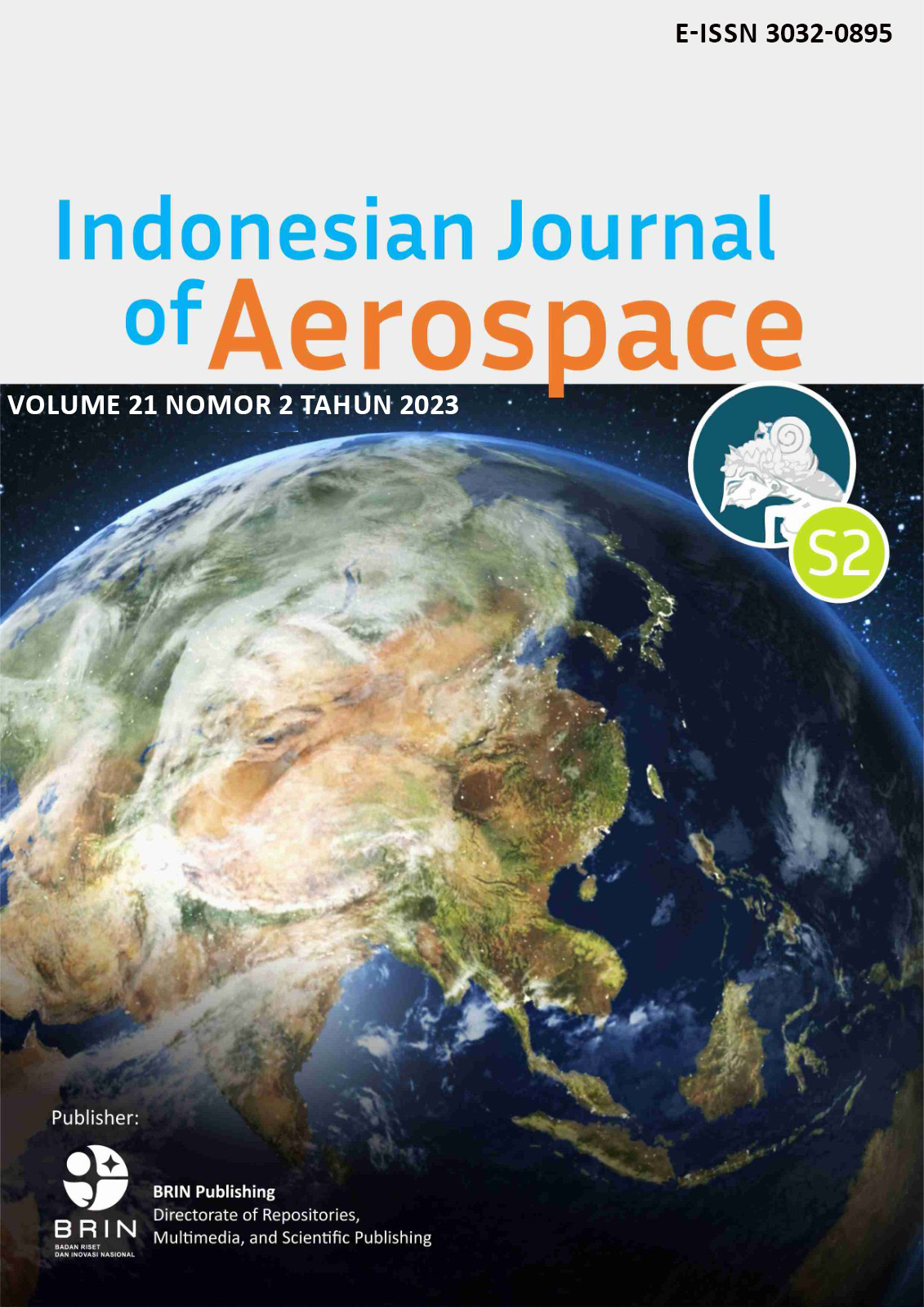Impact of Airfoil Section on Winglet Design for Enhancing Aerodynamics Performance of Aircraft using CFD Analysis
DOI:
https://doi.org/10.55981/ijoa.2023.900Keywords:
winglet design, airfoil, CFD, experimental aerodynamicsAbstract
This research paper investigates the influence of airfoil section on winglet design to enhance aerodynamic performance while considering structural aspects. The selection of the airfoil section significantly affects the distribution of lift and drag along the winglet, influencing the overall lift-to-drag ratio of the aircraft and its ability to reduce drag by smoothing the airflow over the wingtip. Three airfoil sections, namely NACA 0010 (symmetrical), NACA 64-009 (thin cambered), and PSU 94-047 (cambered), were compared using computational fluid dynamics (CFD) simulations. The study examines the forces and moments experienced by the winglet, including drag force, lift force, and bending moment on wing surface. The CFD simulations were conducted using a Computational Wind Tunnel (CWT) tool, which employs numerical methods and mathematical models to analyze fluid flow around objects. The solver code is based on RANS method. The wind tunnel testing is provided to validate one of CFD simulation results. The findings indicate that the installation of winglets increases both the lift-to-drag ratio and bending moment compared to the clean wing configuration. Among the studied airfoil profiles, NACA 0010 demonstrated the optimum lift-to-drag ratio, showing a 9.5% improvement over the clean wing configuration. Although it is a symmetrical airfoil, the thickness of NACA 0010 contributed to higher lift production and increased bending moment compared to the cambered airfoils (NACA 64-009 and PSU 94-047), which showed approximately 10% improvement in lift-to-drag ratio. While the differences in aerodynamic characteristics between the airfoil profiles were marginal, the overall addition of winglets proved effective in increasing lift and reducing induced drag. The research highlights the significance of airfoil shape and thickness in optimizing winglet performance. Future studies should focus on refining the winglet airfoil profile to maximize the benefits derived from both thickness and cambered shape, aiming to further enhance aerodynamic efficiency.
Downloads
Published
How to Cite
Issue
Section
License
Copyright (c) 2024 Sinung Tirtha Pinindriya, Arifin Rasyadi Soemaryanto, Muhammad Fajar, Kurnia Hidayat, Jefri Abner Hamonangan, Mohamad Luthfi Ramadiansyah

This work is licensed under a Creative Commons Attribution-ShareAlike 4.0 International License.





